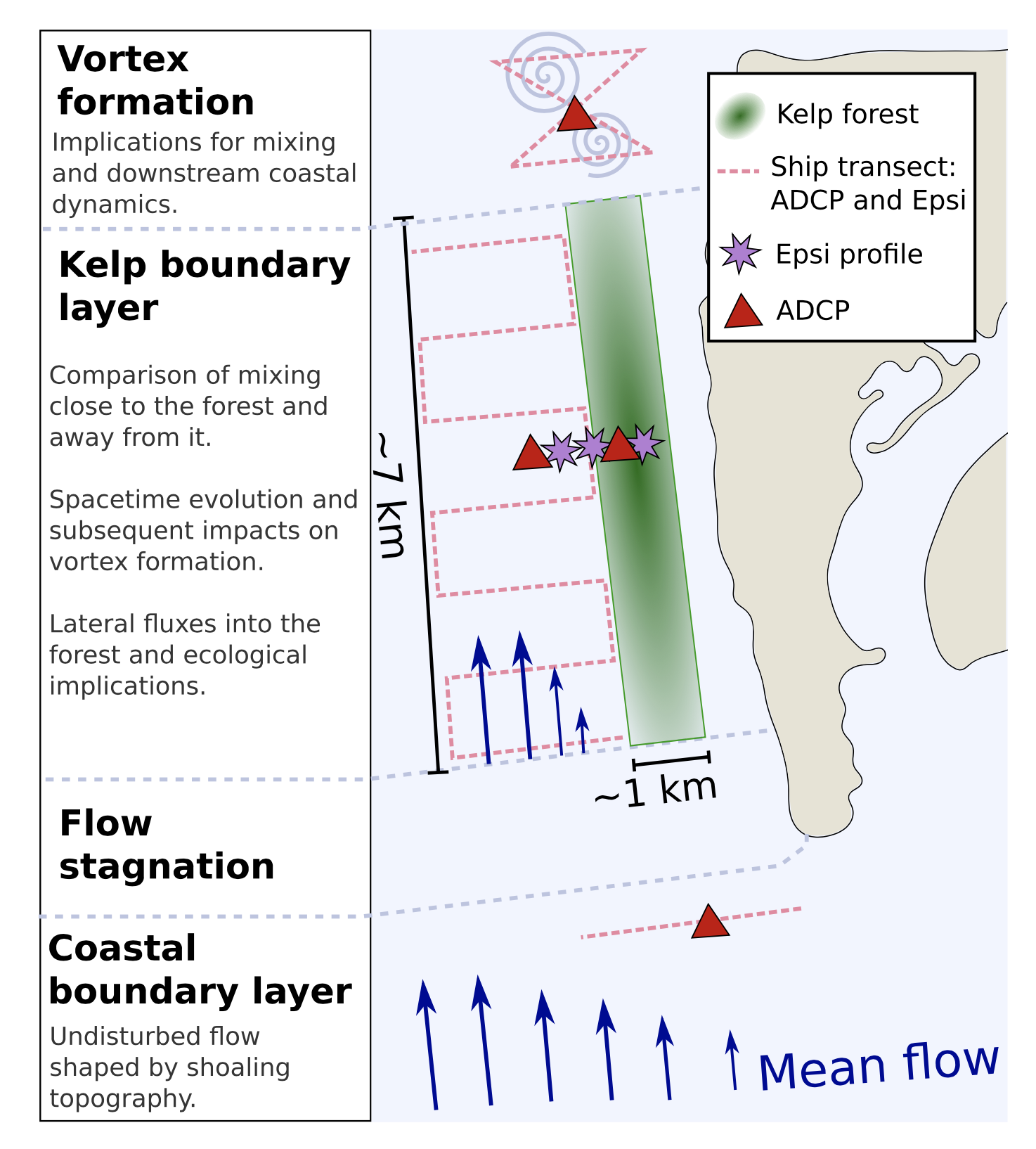Every August since 2015, oceanographers from around the world board flights bound for Kotoka International Airport in Accra, Ghana. Upon arrival, these scientists meet up with Dr. Brian Arbic, from University of Michigan, and local oceanography faculty at the University of Ghana to host a summer school aimed at strengthening the West African involvement in global oceanographic research.
This August, however, in the midst of the COVID-19 pandemic, Anna Savage and Drew Lucas logged in to a Zoom meeting scheduled for 3 PM Accra time (8 AM California time, which was, admittedly, a little early for Anna) and watched the participant count increase from 6 to around 50. This year, as with everything, the entirety of the oceanography summer school was transitioned to operate remotely. Through a mix of Zoom meetings, pre-recorded YouTube videos (such as Anna’s), and a collection of well organized Slack channels, instructors were able to interact with the over 250 participants over the five day event, covering topics from ocean acidification to remote sensing to the obstacles of women in STEM fields. The asynchronous lectures, hosted on YouTube and linked both in Slack and on the summer school’s website (coessing.org), were accessible to participants throughout the week, while the lecturers also hosted virtual office hours. This combination of scheduled “face-to-face” office hours and pre-recorded content provided the participants the opportunity to interact with instructors in real-time, building a sense of community, while still allowing participants to attend the summer school on their own time, something that is increasingly important as we all continue to work from home.
While the community of instructors looks forward to being in Ghana again next year, there is value in these exercises in distance learning, even when that distance spans oceans. The importance of in-person meetings is undeniable and yet, the relationships amongst the participants and instructors are built on respect and communication, not solely on proximity.




